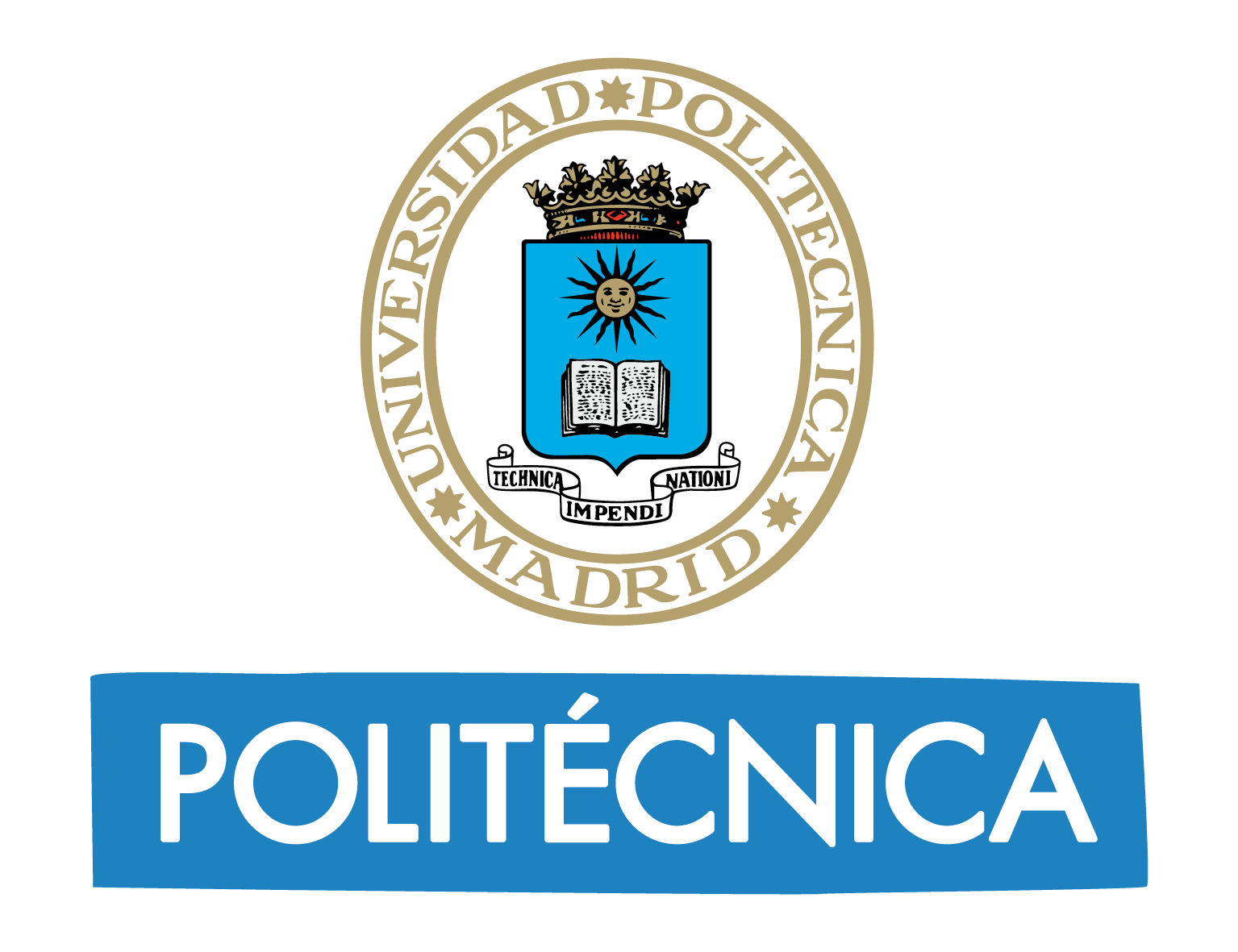The identity of an allergen responsible for the allergy to durum wheat is unveiled
An international team of researchers, in which a female researcher from Universidad Politécnica de Madrid is involved, has identified one of the main causes of food allergy in the Mediterranean area.
Recently, a research team led by Dr. Araceli Díaz Perales from Centre for Plant Biotechnology and Genomics (CBGP, UPM-INIA), in collaboration with other international research groups, has contributed to the identification of Tri tu 14, a new allergen detected in durum wheat.
Durum wheat is very popular and is used to make pasta, pizza, bulgur, semolina or couscous. The identification of new allergens may improve the processes of diagnosis, and thus the quality of life in patients with food allergy.
Wheat is the most consumed grain worldwide. Diverse varieties can be identified, but common wheat and durum wheat are the most used cereals. Due to their relevance, it is a source of natural allergens and is able to induce two type of different response. Firstly, wheat is involved in the development of Baker's asthma, an allergic pathology that mainly affects workers who are continuously in contact with flours because of their inhalation. Secondly, it may also appear due to its ingestion.
However, despite the seriousness of the symptoms associated with these pathologies, many patients with food allergy to wheat are not properly diagnosed. So far, diagnosis is based mainly on detecting the presence of antibodies that recognize allergens obtained from the common wheat variety, which is the main responsible for Baker's asthma. As a result, patients allergic to durum are not properly diagnosed.

Credit: pixabay.
In order to find out the allergens to durum wheat, a team of international researchers started a research study in which Dr. Araceli Díaz Perales was involved. Dr. Díaz is a researcher from CBGP, a joint center from Universidad Politécnica de Madrid (UPM) and the National Institute for Agricultural Research and Experimentation (INIA).
After months of work, researchers finally identified a Tri tu 14 belonging to a family of lipid transport proteins of high resistance to both gastric digestion and heat treatment. Therefore, these proteins are not only responsible for the main food allergy in the Mediterranean area but also responsible for more severe reactions such as anaphylaxis.
The relevance of such allergen for a population of patients allergic to wheat was also assessed in this study. The trials carried out by researchers shown how the new allergen is able to explain the cases of patients allergic to wheat through the ingestion who currently lack a proper diagnosis. In this way, Dr. Díaz Perales says “the finding of this allergen and the obtained results will allow us to use this protein as a marker to determine the presence of wheat‐mediated food allergy”.
The discovery of new allergens that can help as markers of allergic pathologies is directly related to the improvement of diagnosis of the patient. The inclusion of these new markers will help diagnose patients that lack of a reliable diagnosis so far, improving their quality of life.
According to the researchers involved in the study, this finding will help doctors make decisions for prescribing effective treatments and advise patients.
Safi, Hela; Wangorsch, Andrea; Lidholm, Jonas; Brini, Faical; Spiric, Jelena; Rihs, Hans-Peter; Vieths, Stefan; Armentia, Alicia; Farioli, Laura; Diaz-Perales, Araceli; Pastorello, Elide A.; Scheurer, Stephan. (2019) Identification and molecular characterization of allergenic non-specific lipid-transfer protein from durum wheat (Triticum turgidum). CLINICAL AND EXPERIMENTAL ALLERGY 49 (1): 120-129.
https://doi.org/10.1111/cea.13271


